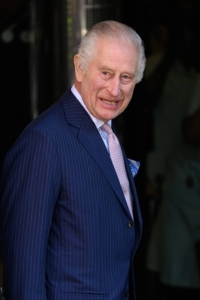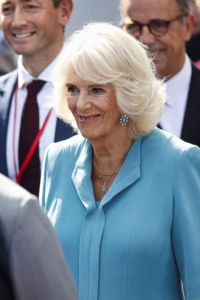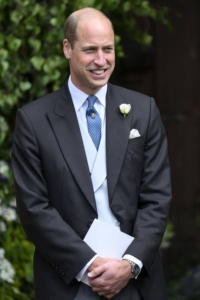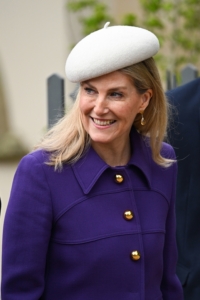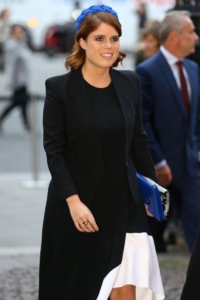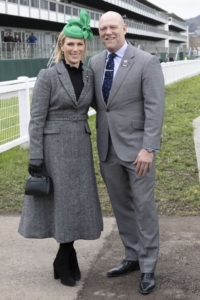
British Royal Family
The British Royal Family has a convoluted and confusing past with a long history dating back over a thousand years. The current sovereign, Charles III, can traced his lineage back to the Norman invasion of William the Conqueror in 1066. The Plantagenet dynasty whose memorable King’s included Richard the Lionheart, Edward III and Henry V, was abolished at the end of the War of the Roses when Henry Tudor took the throne. The Tudor’s supposedly had the noble blood of King Arthur and are remembered for the reigns of Henry VIII and Elizabeth I. Due to the “Virgin Queens’ status the direct Tudor line ended in 1603, with England and Scotland becoming united under King James Stuart, the nephew of the last Tudor Queen. Civil War broke out in 1642, and the monarchy was dissolved, however only eight years later the Stuarts would be invited to return under Charles II. The reestablishment of the monarchy came with the proviso that the majority of power was now held by parliament instead of with the monarch. The protestant Stuart line died out in the 18th Century, requiring the lords to look to the previous Queen’s distant Hanoverian relatives to take up the throne. The crown passed through many “George’s” but began reinventing itself into what we see today during the long and illustrious reign of Queen Victoria. The House of Windsor was then established under George V in 1917 and has been the reigning house ever since. The second great Elizabethan age is the most common image people have of recent monarchy as we come to discover our new leader in King Charles III.
British Sovereignty has long ceased being a mighty empire, neither does the Monarch rule as absolute. Today King Charles reigns as a constitutional and thoroughly modernised monarch whilst continuing fiercely to properly respect the historical traditions and sacred ceremonies of the past.
